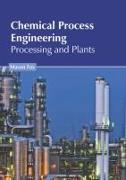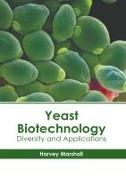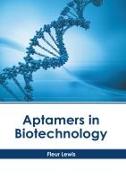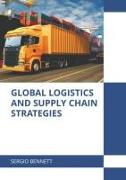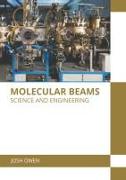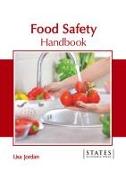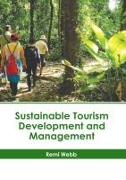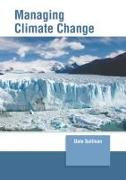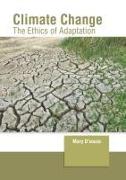Power Electronic Converters: Control and Design
Murray, Carolina
A power converter is an electromechanical or electrical device that converts electrical energy from one form to a desired form. The power converter regulates the power supplied to the resistor through the use of a parallel DC-DC chopper and an unregulated rectifier. It regulates the power flow from an AC supply to the motor by properly controlling power semiconductor switches. The goal of power converter design is to increase efficiency. Contr...



